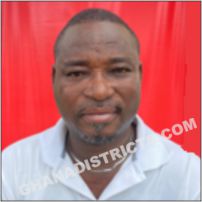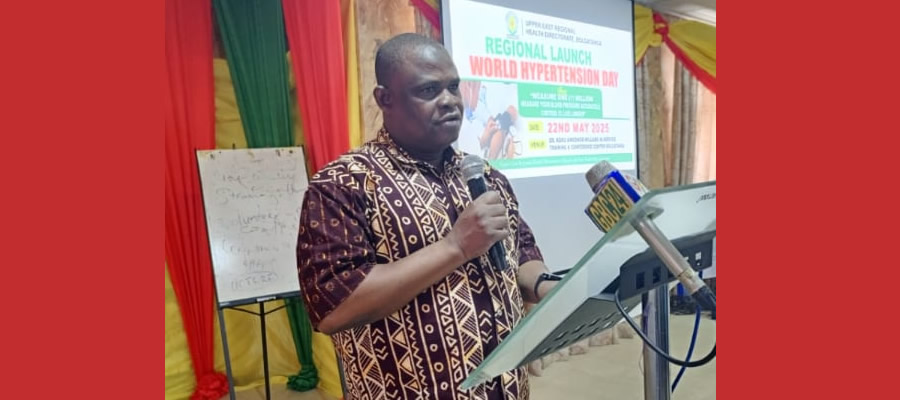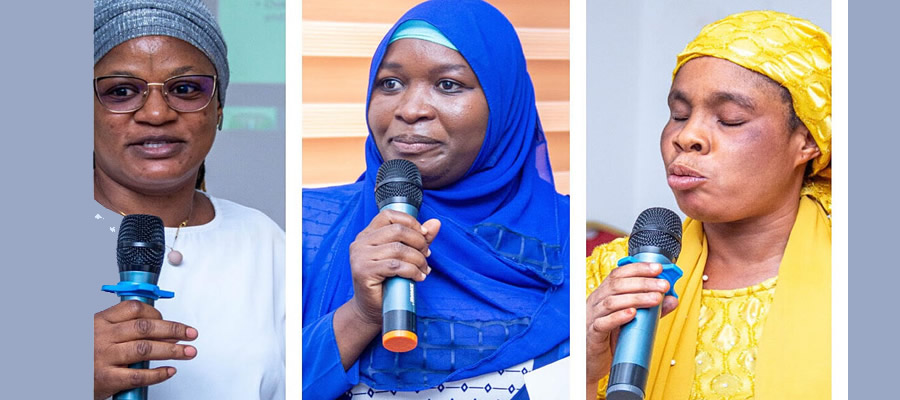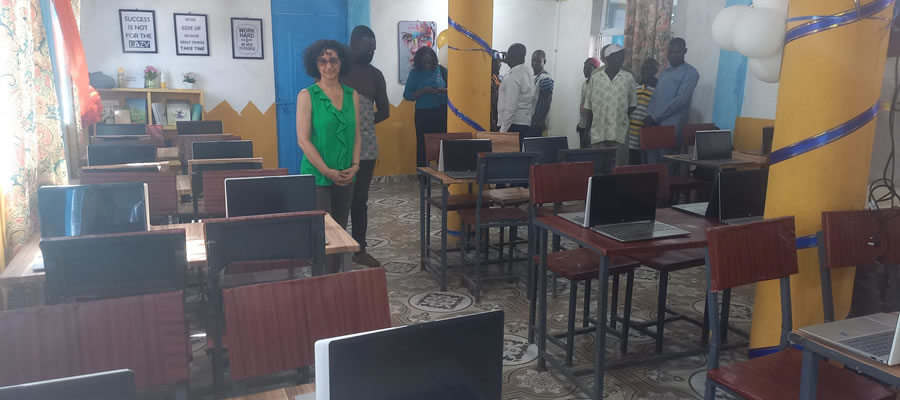

Background
As far back as 1969, the Government of Ghana recognized that the “Population of Ghana is the nation’s greatest resource. It is both the instrument and objective of national development. The protection and enhancement of its welfare is the Government’s first responsibility” (GSS, 2013: page 1). Government also explicitly recognized the reciprocal relationship between population and development (i.e., population affects development even as development affects population. An understanding of the population, its characteristics and dynamics, is therefore crucial for realistic development planning.
The Government of Ghana has operated the decentralized system of development since 1988 with the District Assembly, as the planning authority. The District Assembly is expected to initiate and coordinate the processes of planning, programming, budgeting and implementation of district plans, programmes and projects. The district assemblies and the various organs are expected to carry out medium and long term planning including integration of population policies and issues, as they pertain to the needs of particular districts and communities.
The overall level of development and demographic structure of the country conceals differences between and within regions, districts, urban and rural localities. As such, there are bound to be differences in the population and development needs and priorities between and within regions, districts, urban and rural localities. This report covers the Bolgatanga Municipality. Its objective is to make available to the general public, analysis of data, and the results of the 2010 Population and Housing Census (PHC) for policy planning and implementation in the Municipality. Where feasible, comparisons between the 2000 PHC and 2010 PHC results are presented.
Date Created : 12/5/2017 7:24:02 AM











 facebook
facebook
 twitter
twitter
 Youtube
Youtube
 +233 593 831 280
+233 593 831 280 0800 430 430
0800 430 430 GPS: GE-231-4383
GPS: GE-231-4383 info@ghanadistricts.com
info@ghanadistricts.com Box GP1044, Accra, Ghana
Box GP1044, Accra, Ghana